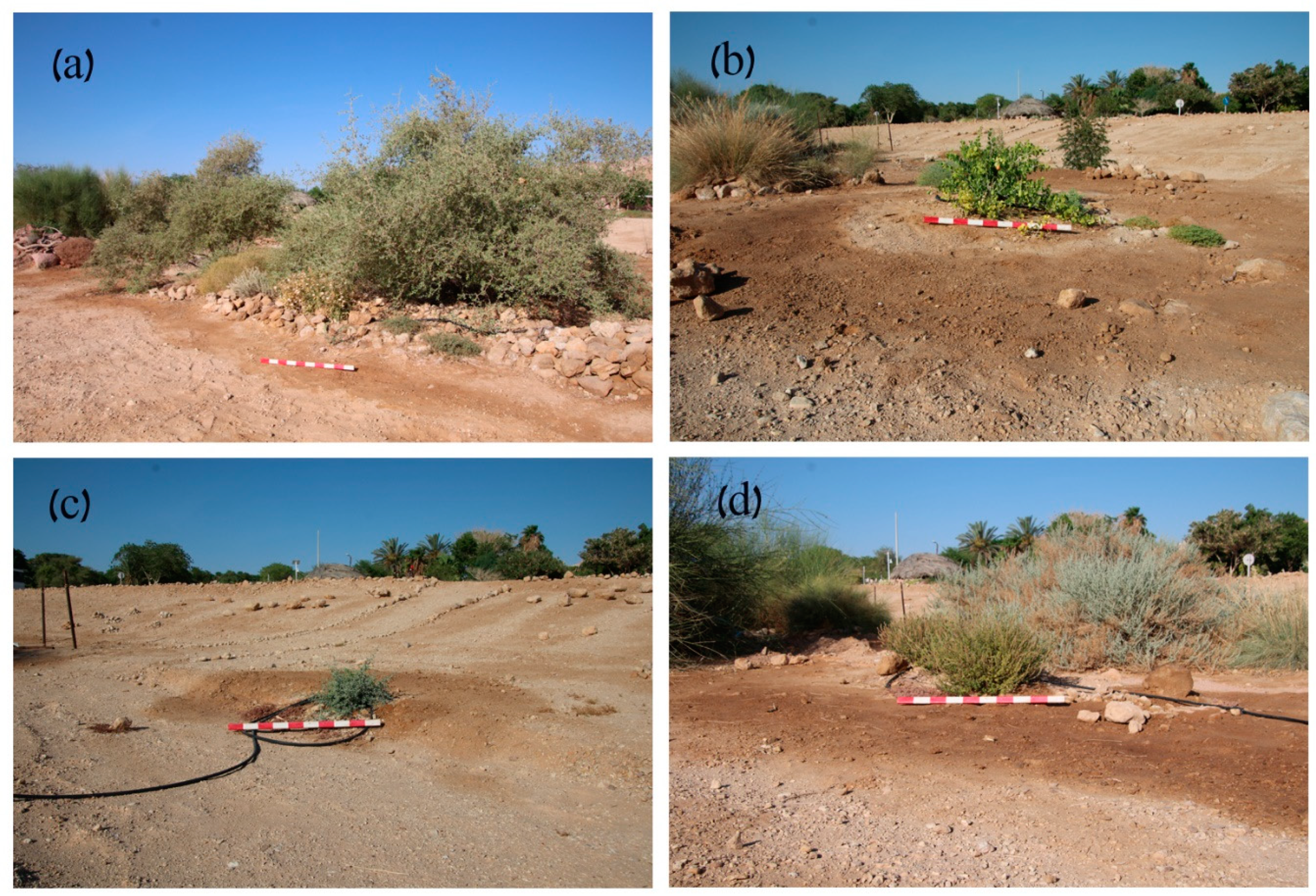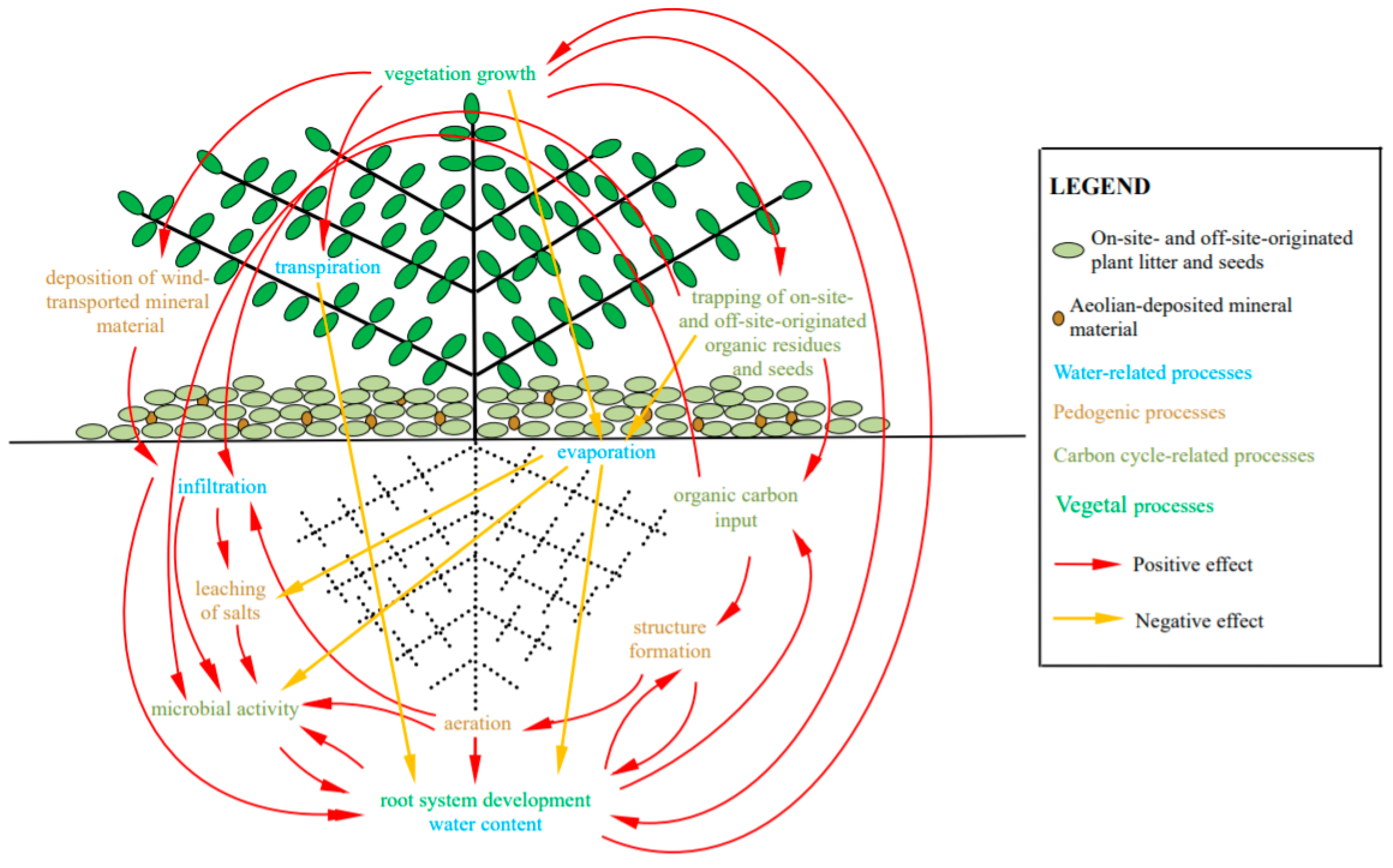On-Site Use of Plant Litter and Yard Waste as Mulch in Gardening and Landscaping Systems
Abstract
1. Introduction
2. Benefits of On-Site Use of Plant Litter and Yard Waste as Mulch
3. Limitations and Implications
Funding
Acknowledgments
Conflicts of Interest
References
- Çelik, F. The importance of edible landscape in the cities. Turk. J. Agric. Food Sci. Technol. 2017, 5, 118–124. [Google Scholar] [CrossRef]
- Mancebo, F. Gardening the city: Addressing sustainability and adapting to global warming through urban agriculture. Environments 2018, 5, 38. [Google Scholar] [CrossRef]
- Bradley, L. Plants for Poolside Landscapes; Publication AZ1058 8/98; The University of Arizona Cooperative Extension: Phoenix, AZ, USA, 1998; Available online: https://cals.arizona.edu/extension/ornamentalhort/landscapemgmt/plantmaterial/poolsideplants.pdf (accessed on 25 July 2020).
- Schutzki, R.E. A Guide for the Selection and Use of Plants in the Landscape; Extension Bulletin E-2941; Michigan State University Extension: East Lansing, MI, USA, 2005; Available online: https://www.canr.msu.edu/uploads/resources/pdfs/a_guide_for_the_selection_and_use_of_plants_in_the_landscape_(e2941).pdf (accessed on 25 July 2020).
- Centre for Urban Greenery & Ecology. Sustainable Landscape; Centre for Urban Greenery & Ecology: Singapore, 2015. Available online: https://www.nparks.gov.sg/-/media/cuge/ebook/sustainable-landscape/sustainable-landscape.pdf (accessed on 25 July 2020).
- Aryani, N.P.; Fibriana, F.; Anwar, A.F.; Ummayah, F.F.D.; Alighiri, D.; Harjono; Masturi. Characterization of mahogany leaf litter (Swietenia macrophylla King) as a raw material of decay resistance biocomposite. J. Phys. Conf. Ser. 2019, 1321, 022022. [Google Scholar] [CrossRef]
- Stavi, I.; Lavee, H.; Ungar, E.D.; Sarah, P. Eco-geomorphic feedbacks in semi-arid rangelands: A review. Pedosphere 2009, 19, 217–229. [Google Scholar] [CrossRef]
- Hatfield, J.L.; Dold, C. Water-use efficiency: Advances and challenges in a changing climate. Front. Plant Sci. 2019, 10, 103. [Google Scholar] [CrossRef]
- Gholami, L.; Sadeghi, S.H.; Homaee, M. Straw mulching effect on splash erosion, runoff, and sediment yield from eroded plots. Soil Sci. Soc. Am. J. 2013, 77, 268–278. [Google Scholar] [CrossRef]
- Shi, Z.H.; Yue, B.J.; Wang, L.; Fang, N.F.; Wang, D.; Wu, F.Z. Effects of mulch cover rate on interrill erosion processes and the size selectivity of eroded sediment on steep slopes. Soil Sci. Soc. Am. J. 2013, 77, 257–267. [Google Scholar] [CrossRef]
- Tresch, S.; Frey, D.; Le Bayon, R.C.; Zanetta, A.; Rasche, F.; Fliessbach, A.; Moretti, M. Litter decomposition driven by soil fauna, plant diversity and soil management in urban gardens. Sci. Total Environ. 2019, 658, 1614–1629. [Google Scholar] [CrossRef]
- Kottek, M.; Greiser, J.; Beck, C.; Rudolf, B.; Rubel, F. World map of the Köppen-Geiger climate classification updated. Meteorol. Z. 2006, 15, 259–263. [Google Scholar] [CrossRef]
- Huang, J.; Li, Y.; Fu, C.; Chen, F.; Fu, Q.; Dai, A.; Shinoda, M.; Ma, Z.; Guo, W.; Li, Z.; et al. Dryland climate change: Recent progress and challenges. Rev. Geophys. 2017, 55, 719–778. [Google Scholar] [CrossRef]
- Wang, R.; Wan, S.; Kang, Y.; Dou, C. Assessment of secondary soil salinity prevention and economic benefit under different drip line placement and irrigation regime in northwest China. Agric. Water Manag. 2014, 131, 41–49. [Google Scholar] [CrossRef]
- McFarlane, D.J.; George, R.J.; Barrett-Lennard, E.G.; Gilfedder, M. Salinity in dryland agricultural systems: Challenges and opportunities. In Innovations in Dryland Agriculture; Farooq, M., Siddique, K.H.M., Eds.; Springer: Berlin, Germany, 2016; pp. 521–547. [Google Scholar]
- Selim, T.; Bouksila, F.; Berndtsson, R.; Persson, M. Soil water and salinity distribution under different treatments of drip irrigation. Soil Sci. Soc. Am. J. 2013, 77, 1144–1156. [Google Scholar] [CrossRef]
- Tripler, E.; Grinwald, T.; Maduel, A. The Effect of Rainfalls on Vegetable Crops Irrigated with Saline Water; A report submitted to the Ministry of Agriculture and Rural Development; Southern Arava Research and Development Center: Yotvata, Israel, 2016; Available online: http://agri.arava.co.il/wp-content/uploads/f6_%D7%A4%D7%9C%D7%A4%D7%9C-%D7%94%D7%93%D7%9E%D7%99%D7%AA-%D7%92%D7%A9%D7%9D-1516.pdf (accessed on 25 July 2020). (in Hebrew)
- Minhas, P.S. Saline water management for irrigation in India. Agric. Water Manag. 1996, 30, 1–24. [Google Scholar] [CrossRef]
- Deb, S.K.; Sharma, P.; Shukla, M.K.; Sammia, T.W.; Ashigh, J. Drip-irrigated seedlings response to irrigation water salinity. Hortscience 2013, 48, 1548–1555. [Google Scholar] [CrossRef]
- Abawi, G.S.; Widmer, T.L. Impact of soil health management practices on soilborne pathogens, nematodes and root diseases of vegetable crops. Appl. Soil Ecol. 2000, 15, 37–47. [Google Scholar] [CrossRef]
- Veen, G.F.; Fry, E.L.; ten Hooven, F.C.; Kardol, P.; Morriën, E.; De Long, J.R. The role of plant litter in driving plant-soil feedbacks. Front. Environ. Sci. 2019, 7, 168. [Google Scholar] [CrossRef]
- Garner, W.; Steinberger, Y. A proposed mechanism for the formation of “fertile islands” in the desert ecosystem. J. Arid Environ. 1989, 16, 257–262. [Google Scholar] [CrossRef]
- Bargali, S.S.; Padalia, K.; Bargali, K. Effects of tree fostering on soil health and microbial biomass under different land use systems in the Central Himalayas. Land Degrad. Dev. 2019, 30, 1984–1998. [Google Scholar] [CrossRef]
- Yelenik, S.G. Linking dominant Hawaiian tree species to understory development in recovering pastures via impacts on soils and litter. Restor. Ecol. 2017, 25, 42–52. [Google Scholar] [CrossRef]
- Petrikovszki, R.; Zalai, M.; Bogdányi, F.T.; Tóth, F. The effect of organic mulching and irrigation on the weed species composition and the soil weed seed bank of tomato. Plants 2020, 9, 66. [Google Scholar] [CrossRef]
- Kimura, F.; Sato, M.; Kato-Noguchi, H. Allelopathy of pine litter: Delivery of allelopathic substances into forest floor. J. Plant Biol. 2015, 58, 61–67. [Google Scholar] [CrossRef]
- Zhang, C.; Fu, S. Allelopathic effects of eucalyptus and the establishment of mixed stands of eucalyptus and native species. Forest Ecol. Manag. 2009, 258, 1391–1396. [Google Scholar] [CrossRef]
- Sher, Z.; Hussain, F.; Ahmad, B.; Wahab, M. Allelopathic potential of Populus euphratica Olivier. Pak. J. Bot. 2011, 43, 1899–1903. [Google Scholar]
- Katz, O.; Stavi, I. Hierarchical effects of Tamarix aphylla afforestation in a sand dune environment on vegetation structure and plant diversity. Forest Sci. 2020, in press. [Google Scholar] [CrossRef]
- Negi, G.C.S.; Sharma, S.; Vishvakarma, S.C.R.; Samant, S.S.; Maikhuri, R.K.; Prasad, R.C.; Palni, L.M.S. Ecology and use of Lantana camara in India. Bot. Rev. 2019, 85, 109–130. [Google Scholar] [CrossRef]
- Yadav, V.; Singh, N.B.; Singh, H.; Singh, A.; Hussain, I. Allelopathic invasion of alien plant species in India and their management strategies: A review. Trop. Plant Res. 2016, 3, 87–101. [Google Scholar]
- Niemiera, A.X.; Von Holle, B. Invasive plant species and the ornamental horticulture industry. In Management of Invasive Weeds; Inderjit, Ed.; Springer: Berlin, Germany, 2009; pp. 167–187. [Google Scholar]
- Cook, B.I.; Smerdon, J.E.; Seager, R.; Coats, S. Global warming and 21st century drying. Clim. Dyn. 2014, 43, 2607–2627. [Google Scholar] [CrossRef]
- Stavi, I.; Siegal, Z.; Drori, B.; Hyams, E.; Shafir, A.; Kamiski, Y.; Al-Ashhab, A.; Dorman, M.; Tsoar, A. Single session of chiseling tillage for soil and vegetation restoration in severely degraded shrublands. Water 2018, 10, 755. [Google Scholar] [CrossRef]




© 2020 by the author. Licensee MDPI, Basel, Switzerland. This article is an open access article distributed under the terms and conditions of the Creative Commons Attribution (CC BY) license (http://creativecommons.org/licenses/by/4.0/).
Share and Cite
Stavi, I. On-Site Use of Plant Litter and Yard Waste as Mulch in Gardening and Landscaping Systems. Sustainability 2020, 12, 7521. https://doi.org/10.3390/su12187521
Stavi I. On-Site Use of Plant Litter and Yard Waste as Mulch in Gardening and Landscaping Systems. Sustainability. 2020; 12(18):7521. https://doi.org/10.3390/su12187521
Chicago/Turabian StyleStavi, Ilan. 2020. "On-Site Use of Plant Litter and Yard Waste as Mulch in Gardening and Landscaping Systems" Sustainability 12, no. 18: 7521. https://doi.org/10.3390/su12187521
APA StyleStavi, I. (2020). On-Site Use of Plant Litter and Yard Waste as Mulch in Gardening and Landscaping Systems. Sustainability, 12(18), 7521. https://doi.org/10.3390/su12187521





